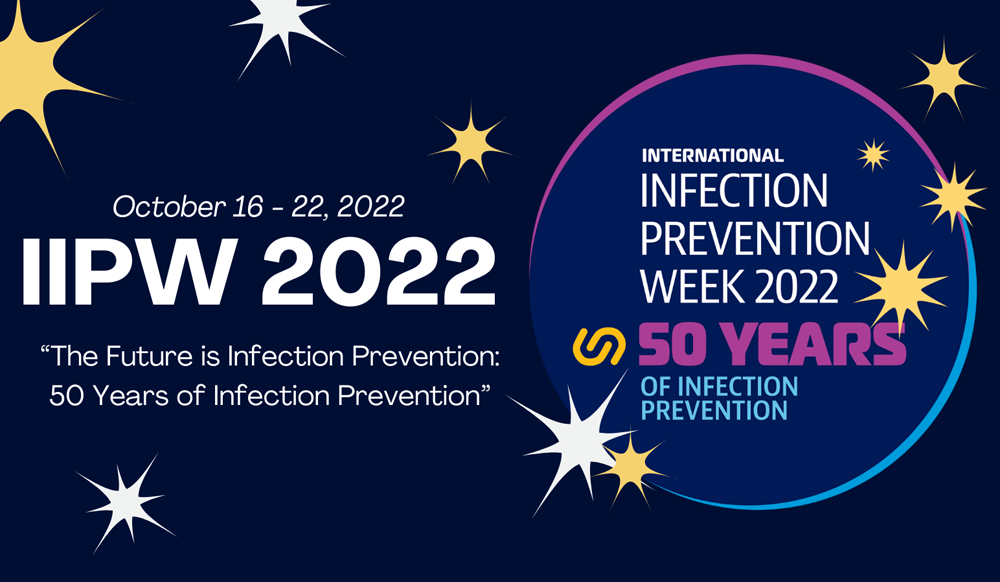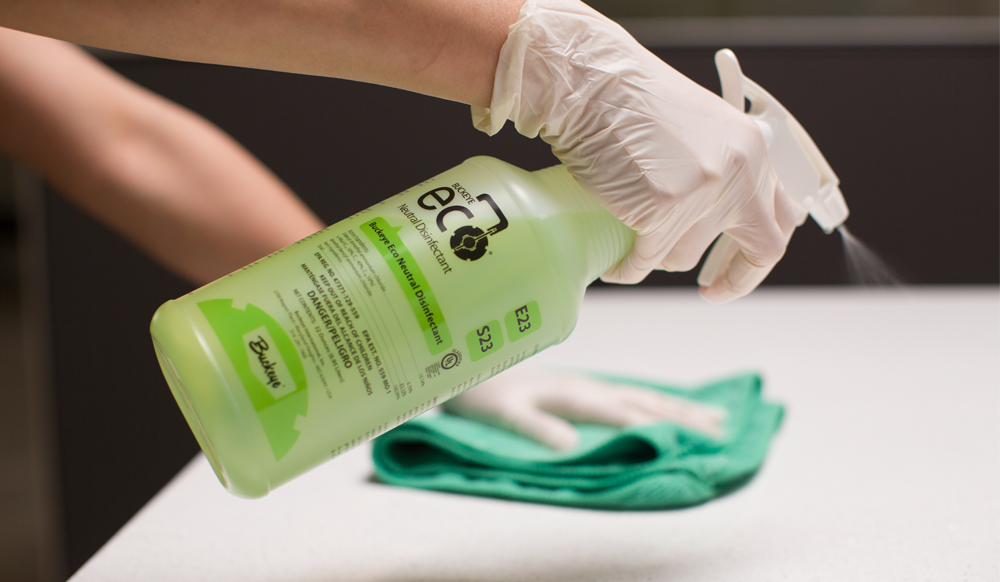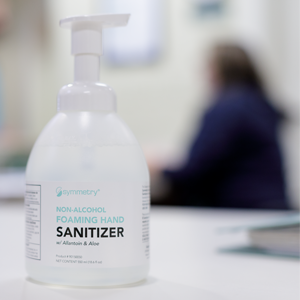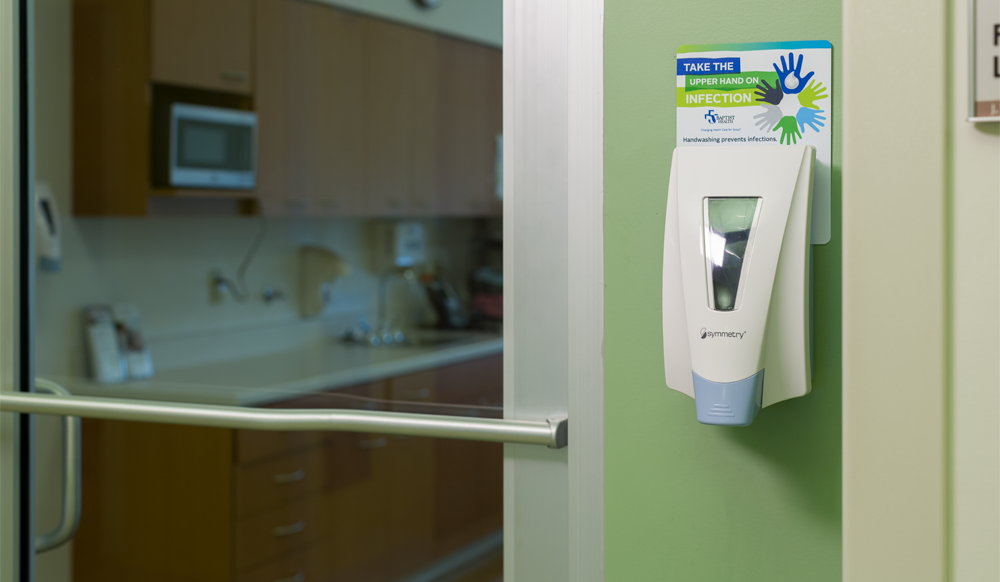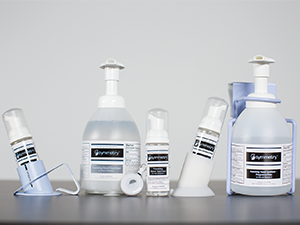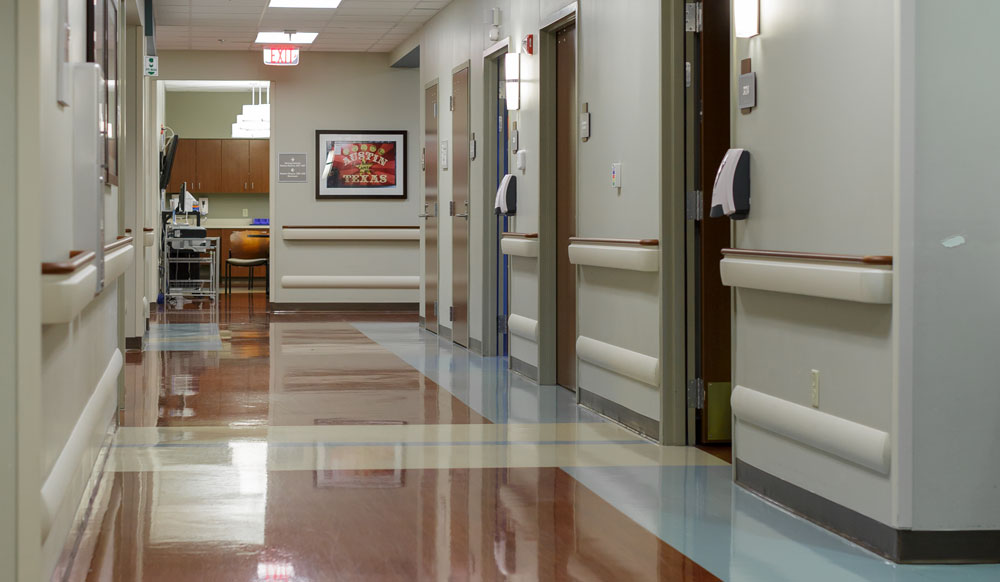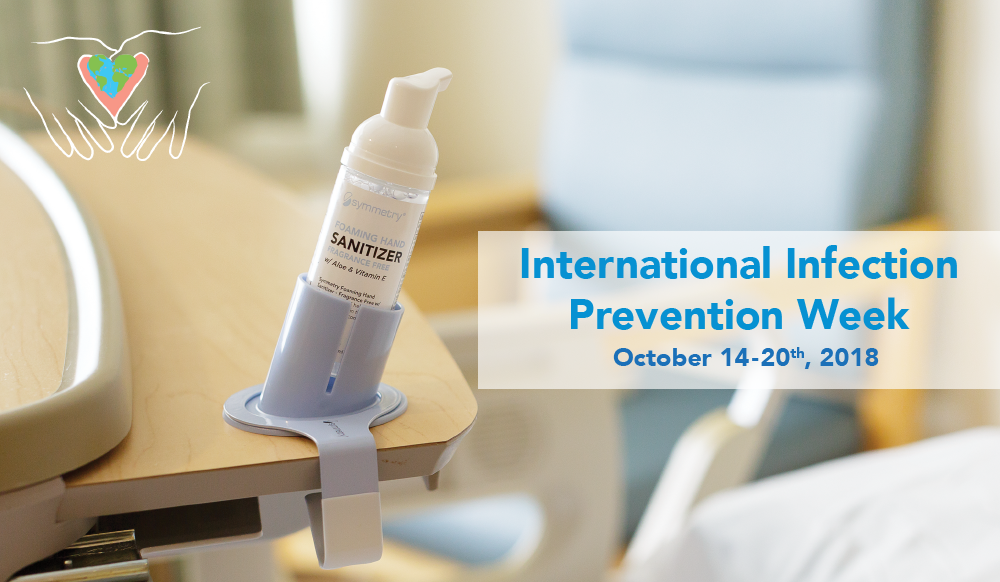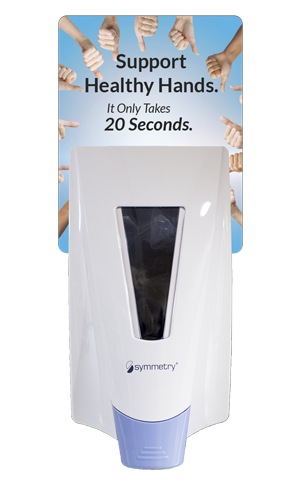Last November, the Leapfrog Group released an independent study on 2023 Hospital Safety Grades. Their study found that since the pandemic, infection rates in hospitals have dramatically improved. However, there is still work to be done in many states, and that work begins by improving basic cleaning and disinfecting procedures for patient rooms and communal areas.
The Buckeye Prescription Training Program can standardize cleaning and disinfecting in your hospital to keep patient, staff, and visitors healthy.
Patient Room Cleaning with Prescription
Prescription breaks down cleaning into manageable steps for EVS staff, covering all areas of the hospital including hallways, restrooms, and lobby areas. However, the most important room is the patient room. It must be cleaned properly to prevent cross infection during and between hospital stays.
Patient Rooms fall into 1 of 5 categories:
Occupied – the patient is in the room.
Discharge – the patient has just been discharged.
Unoccupied – the room remains vacant after discharge cleaning.
Isolation – the room is occupied by a patient requiring isolation precautions.
Discharge Isolation – isolation patient has just been discharged.
Patient Room Cleaning Procedures
The Prescription website and manual cover each of these scenarios in detail, following 6 basic cleaning procedures.
- Empty Trash
- High Dust
- Damp Wipe
- Clean Restrooms
- Dust Mop or Sweep
- Damp Mop
To help guide EVS staff, Prescription offers customizable wall charts and tools. Download our sample wall chart to help remind your staff about proper procedures in patient rooms.
The Complete Prescription Program
Routine cleaning is only part of keeping a hospital clean. The Prescription program provides training in routine cleaning, patient room cleaning, surgery room cleaning, restroom, carpet care, hard floor care, and product safety.
Each video breaks down the procedures and equipment needed for each custodial task. The Prescription website serves as an online EVS training manual with resources including wall charts, Safety Data Sheets (SDS), product literature, and more. Your EVS staff will have 24/7 access to all of the tools they need to keep your hospital clean.
Contact a Buckeye representative to learn about all Prescription features and resources.
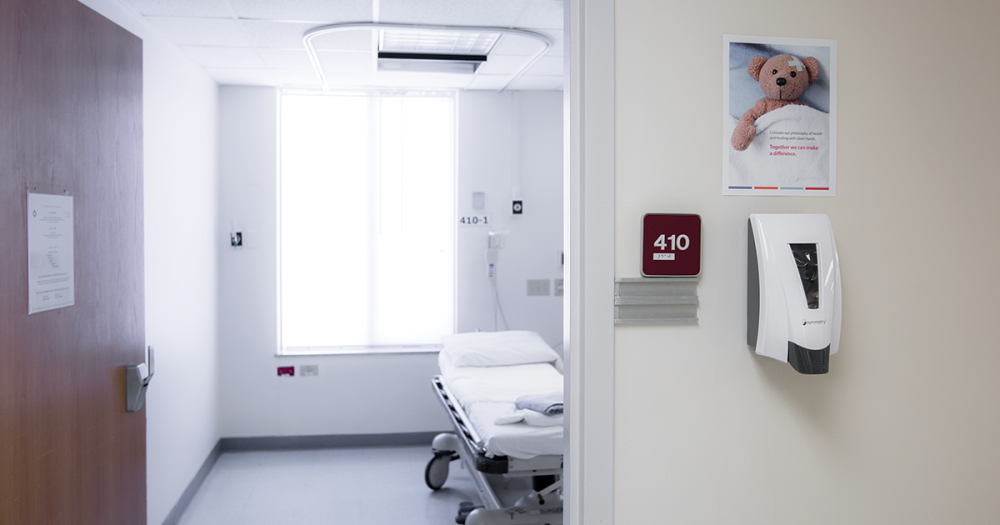
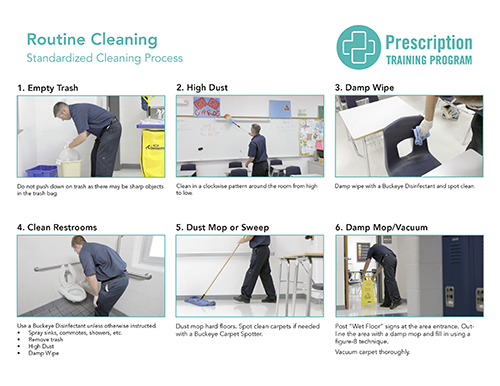
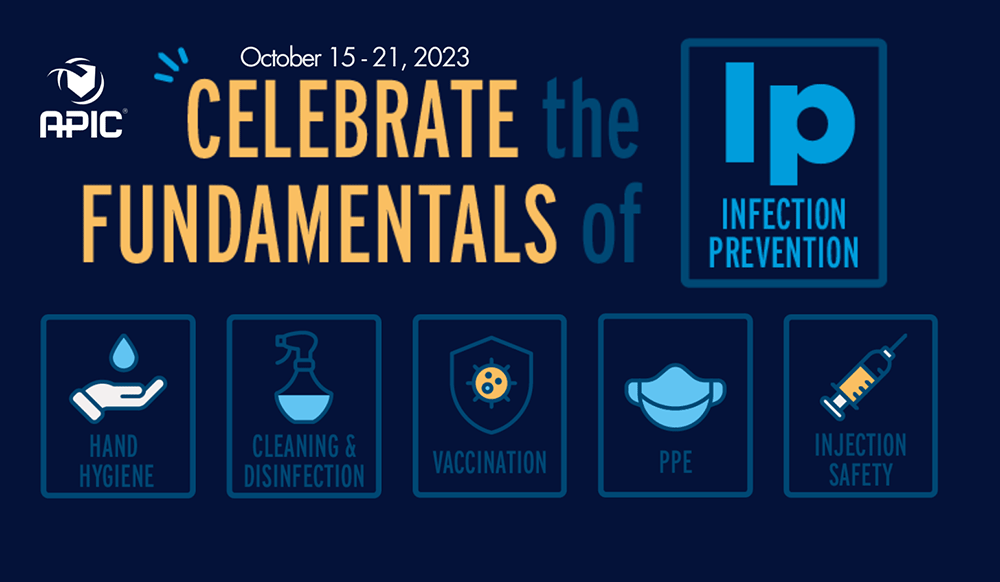
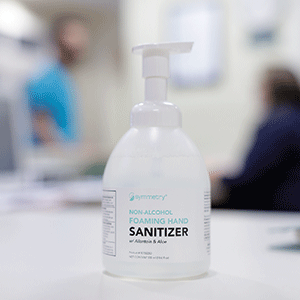
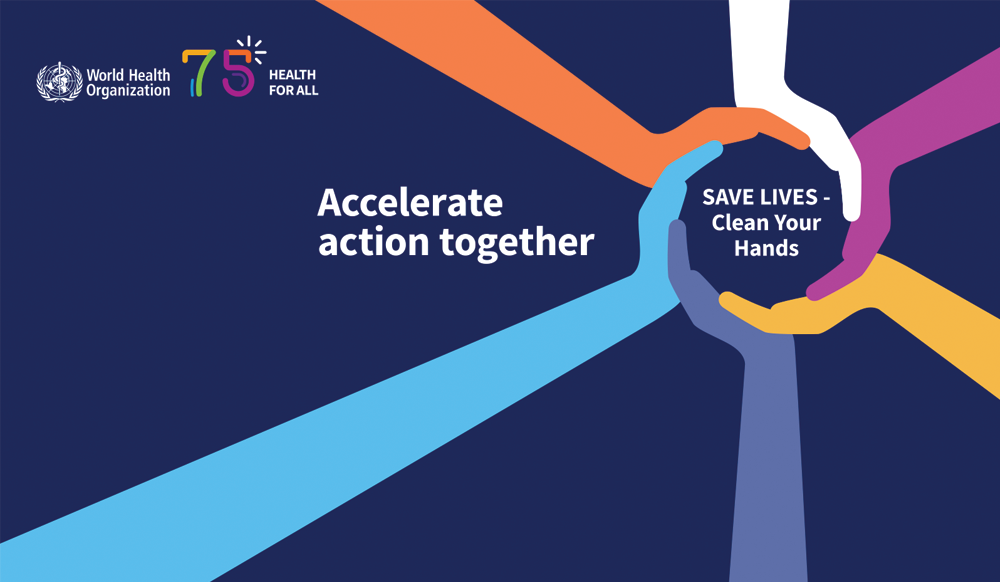
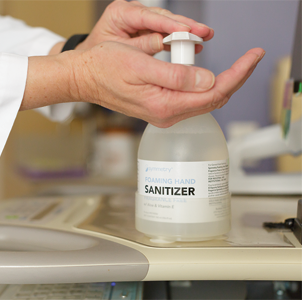 Access to hand sanitizer at a W.O.W., tray table, anesthesia cart, or on your person makes hand hygiene more convenient for workers.
Access to hand sanitizer at a W.O.W., tray table, anesthesia cart, or on your person makes hand hygiene more convenient for workers. 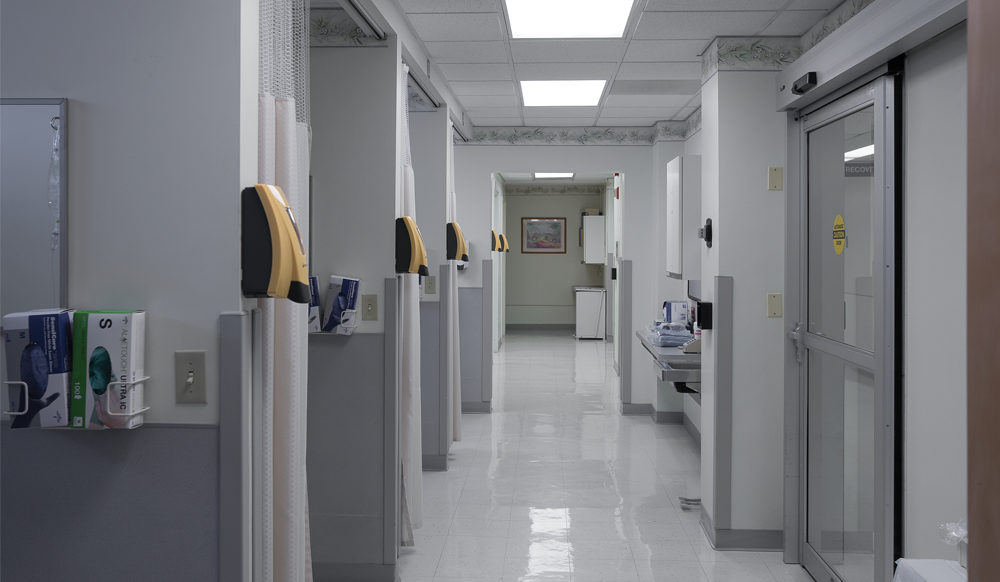
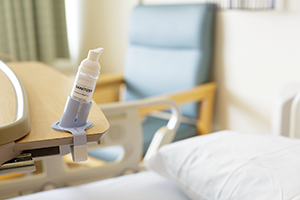
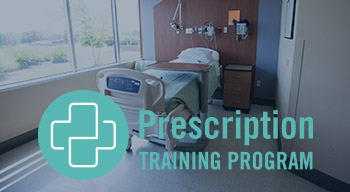 Prescription is a complete maintenance program for hospitals that presents the products, procedures, and training needed to meet your facility’s highest standards. The Prescription program provides training in routine cleaning, patient room cleaning, surgery room cleaning, restroom, carpet care, hard floor care, and product safety. This program and its resources are available online, 24 hours a day.
Prescription is a complete maintenance program for hospitals that presents the products, procedures, and training needed to meet your facility’s highest standards. The Prescription program provides training in routine cleaning, patient room cleaning, surgery room cleaning, restroom, carpet care, hard floor care, and product safety. This program and its resources are available online, 24 hours a day.